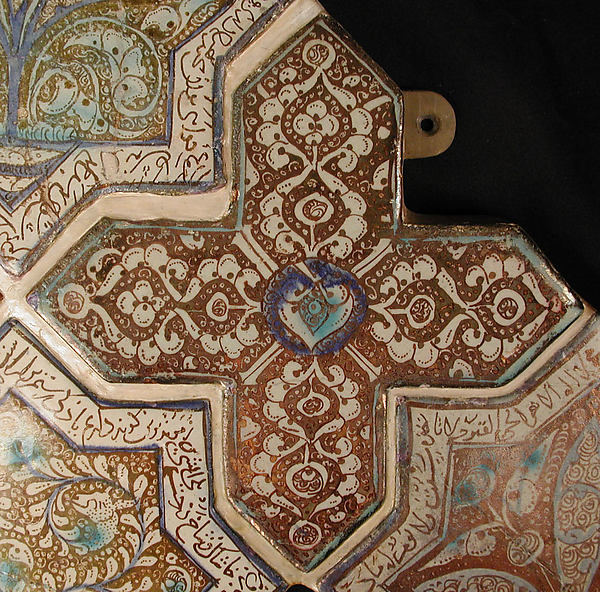Due to my, mostly, successful block printing experiment I've started looking into different patterns and styles of drape on Persian garb. Mostly in the Safavid period. I currently have a roll of light yellow linen and bright blue cotton / linen blend sitting around my house. I've never thought the bright blue would be suitable for more western European SCA garb, it's just too bright. However, the blues I've been finding in Persian manuscripts are beautifully bright. Before you comment to point it out, colour pallet available to painters is entirely different from that available to the dyers (and ceramic painters too). From this small collection of images, it appears that blue garb was usually accompanied by orange, red or other 'warm tones'.
I am going to have to think carefully about this garb choice. Artistically, the preferred depiction of women seems to be more willowy than modern paintings of this culture. I suspect I'm a little too buxom to wear under-dresses that gape between the breasts unless they're uncomfortably tight.

Mohammadi,
Herat,
circa 1565, Seated Princess. I don't know where it's located, but the link for the
full images is here. I love the blue coat (entari?), the yellow dress, and the black under dress. And the image below is from the same site.
Detail of - Seated Princess has a cloud collar, an orange coat, a light blue dress and a dark blue underdress. Plate 57. Persia, Circa 1500, Collection of L.
Cartier, Paris, France La Miniature En Orient by Ernst Kuhnel 1925 Attributed to Miraz Ali, 1540.
Lot 297 Sotheby's London UK. 04/30/1992
Detail of - Fariburz
comes before Kay Khusrau enthroned within a
draped chamber, three chained prisoners in
foreground, hilly landscape under gold sky, an
illustrated leaf from a manuscript of Firdausi's
Shahnama copied by Salik ibn Sa'id for Sultan Ali
Mirza of Gazan (reigned 1478 - 1504) Turkmen
Court Style, dated 1494
See also:
- Persian embroidery a study in miniatures (some great images here)
- this guy has some great images and translations, even though the layout is jumbled and confusing at times, also, his main page clumsily sells carpets (he appears to be an expert) and has no link to the Persian miniatures. (he also has a bunch of Mumluk items)
- My growing Pinterest Persian board.






















